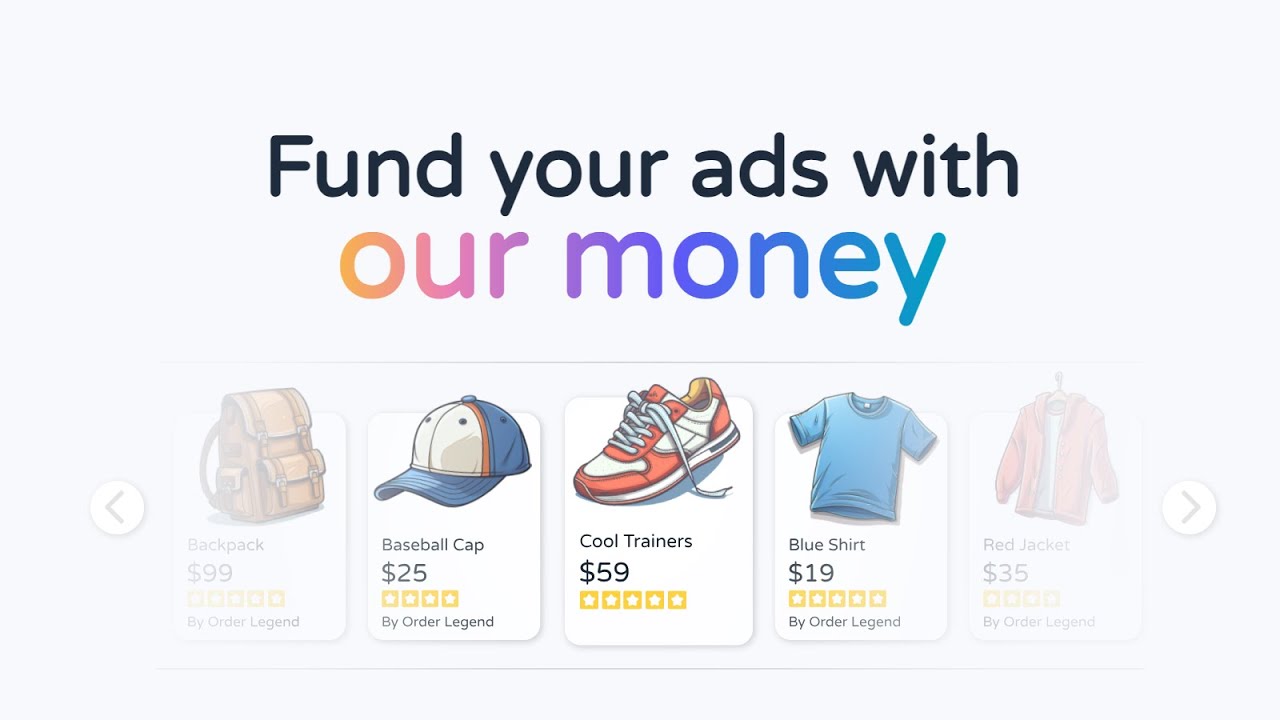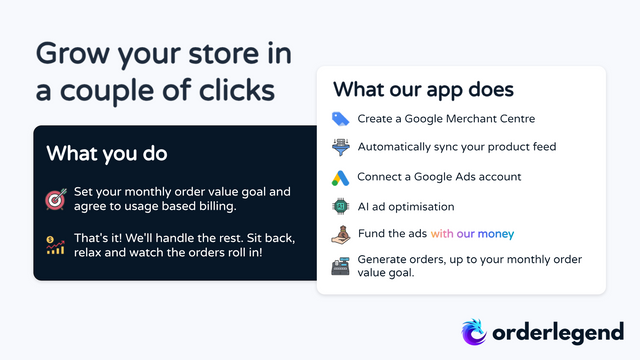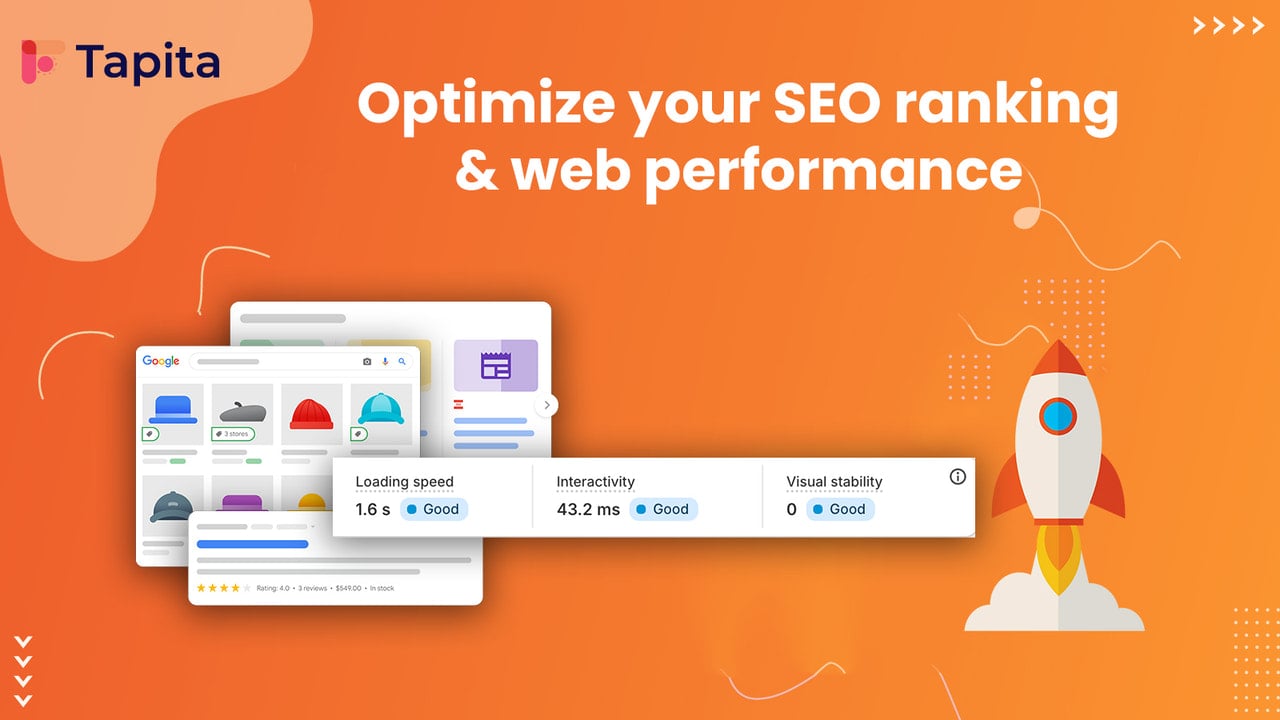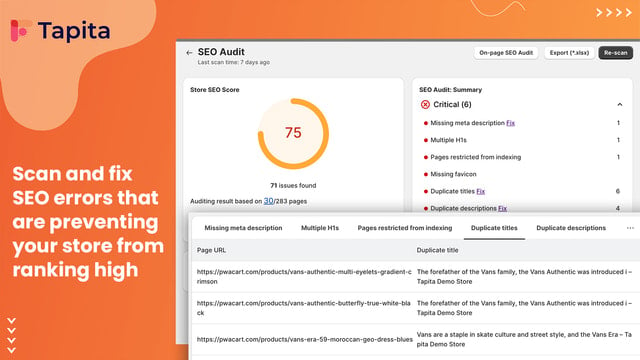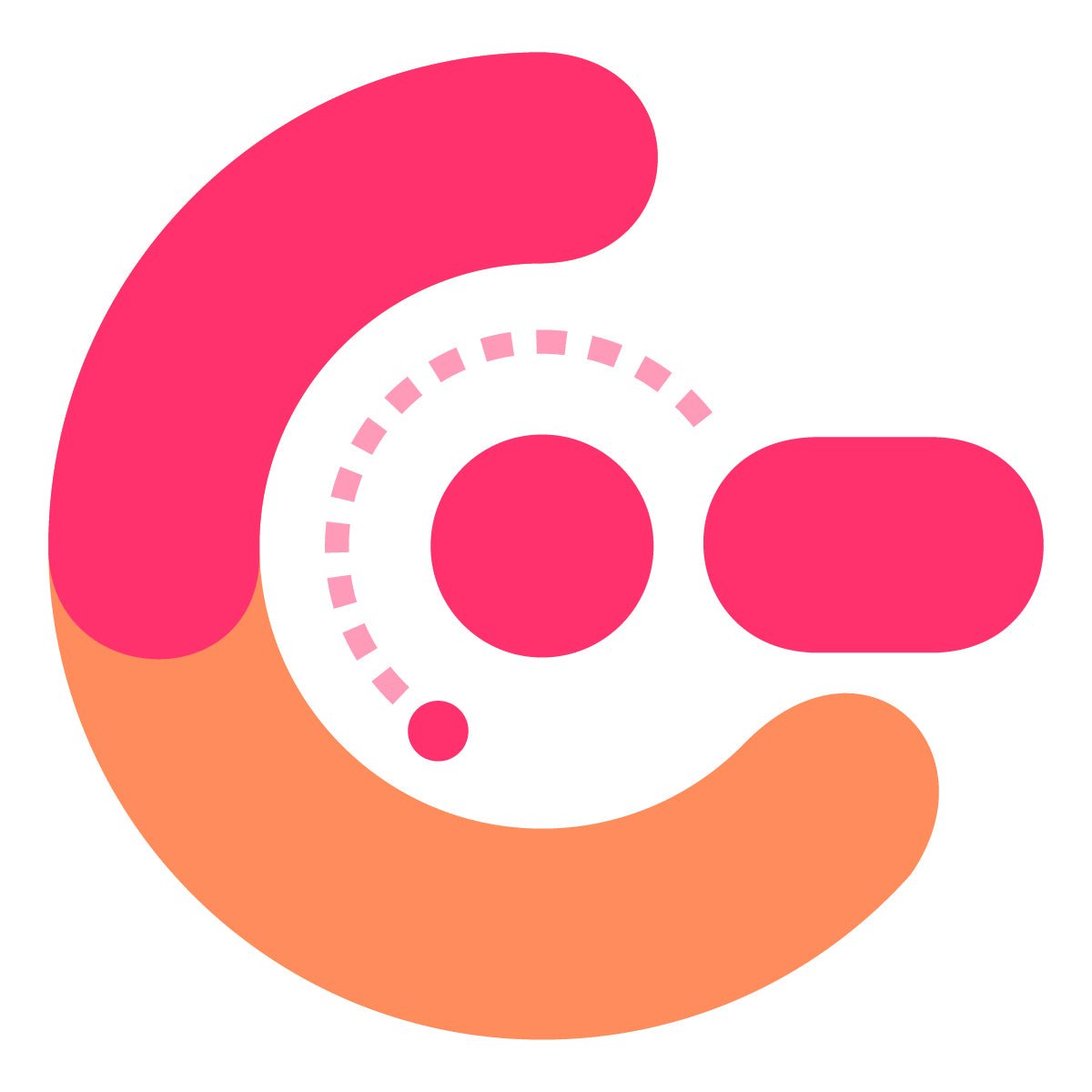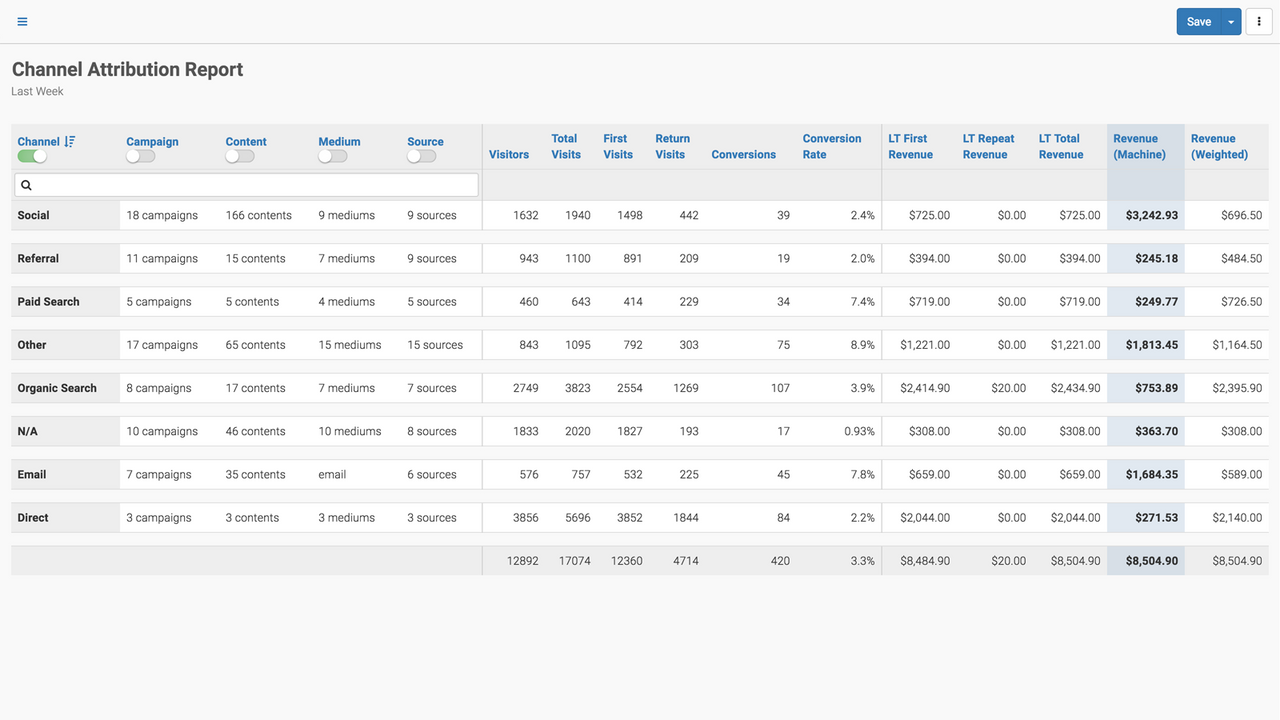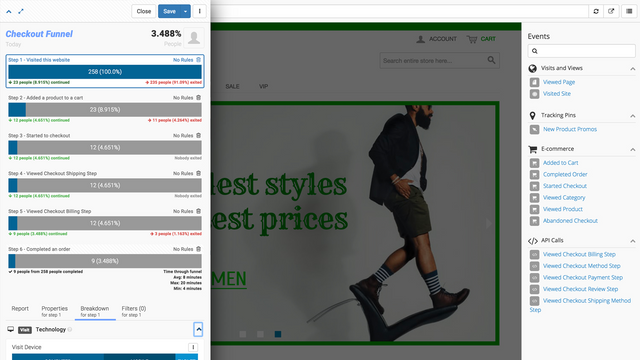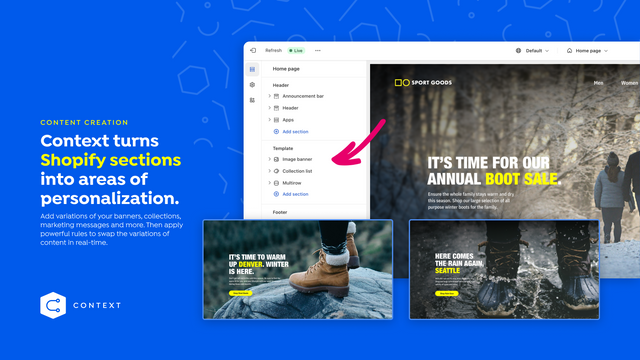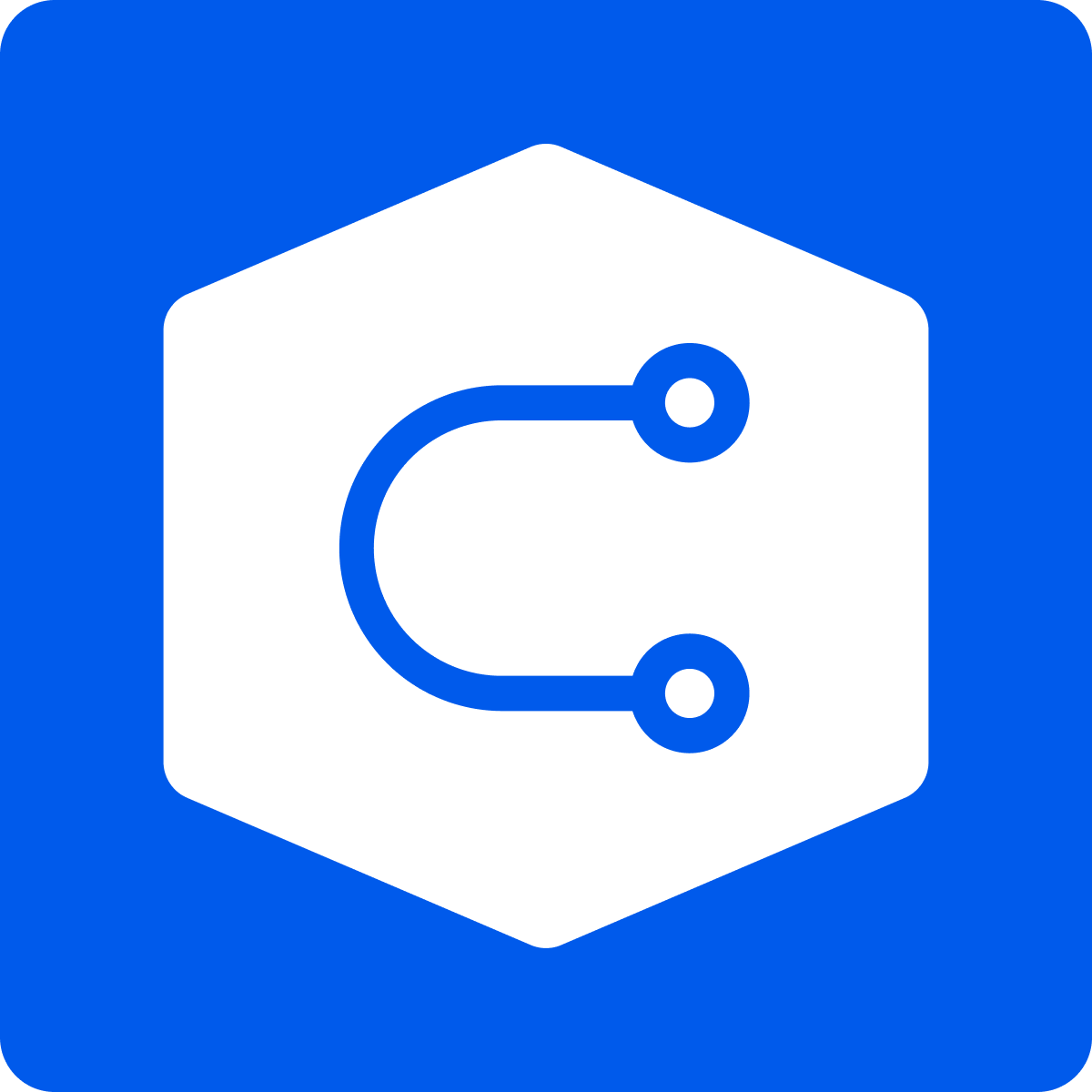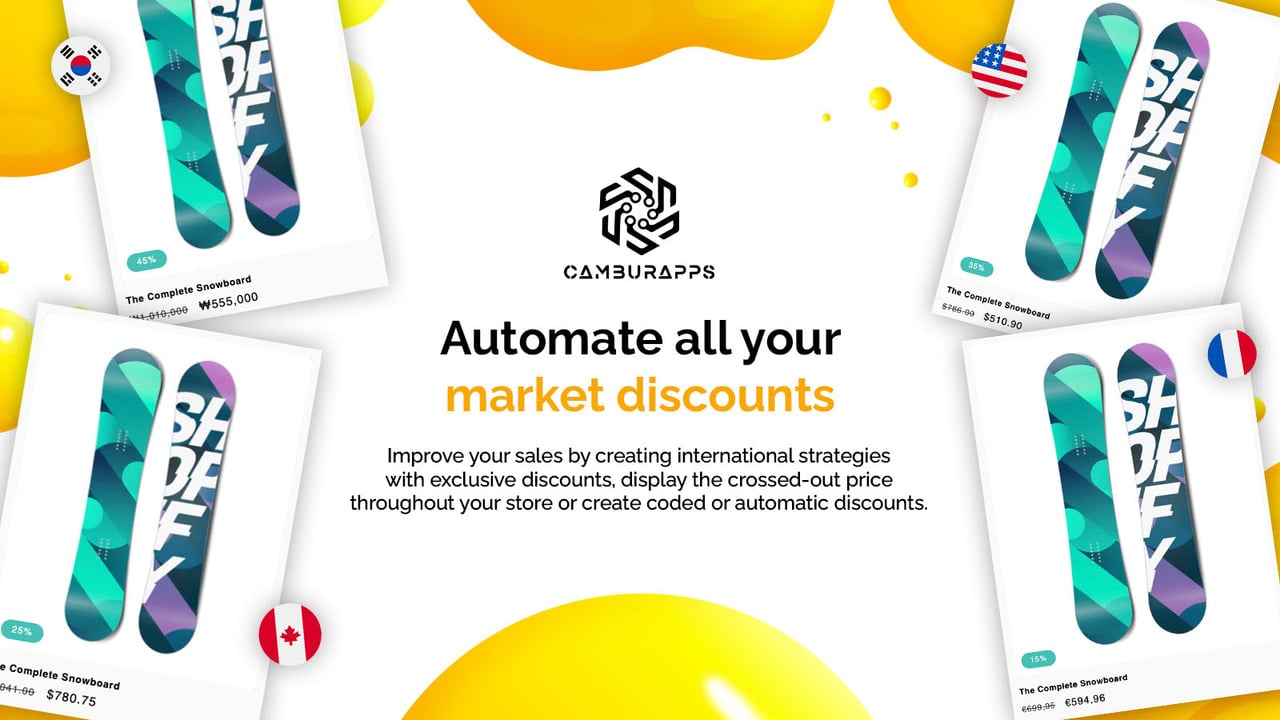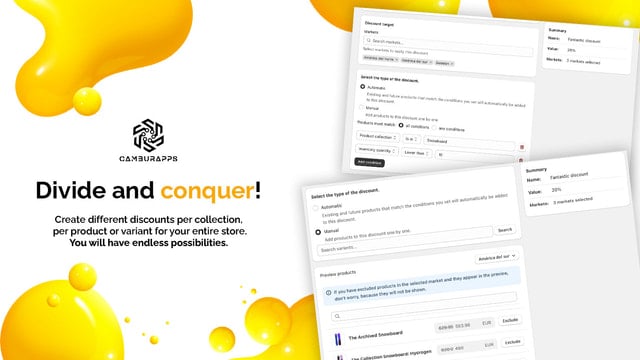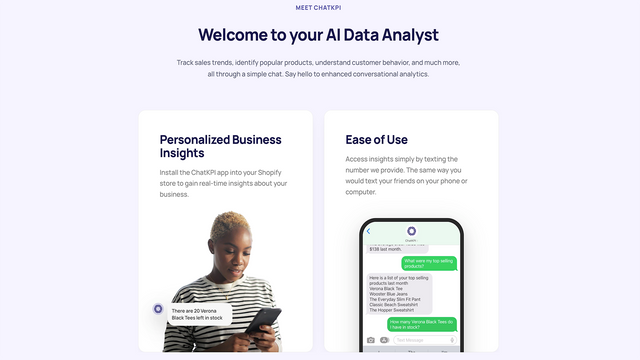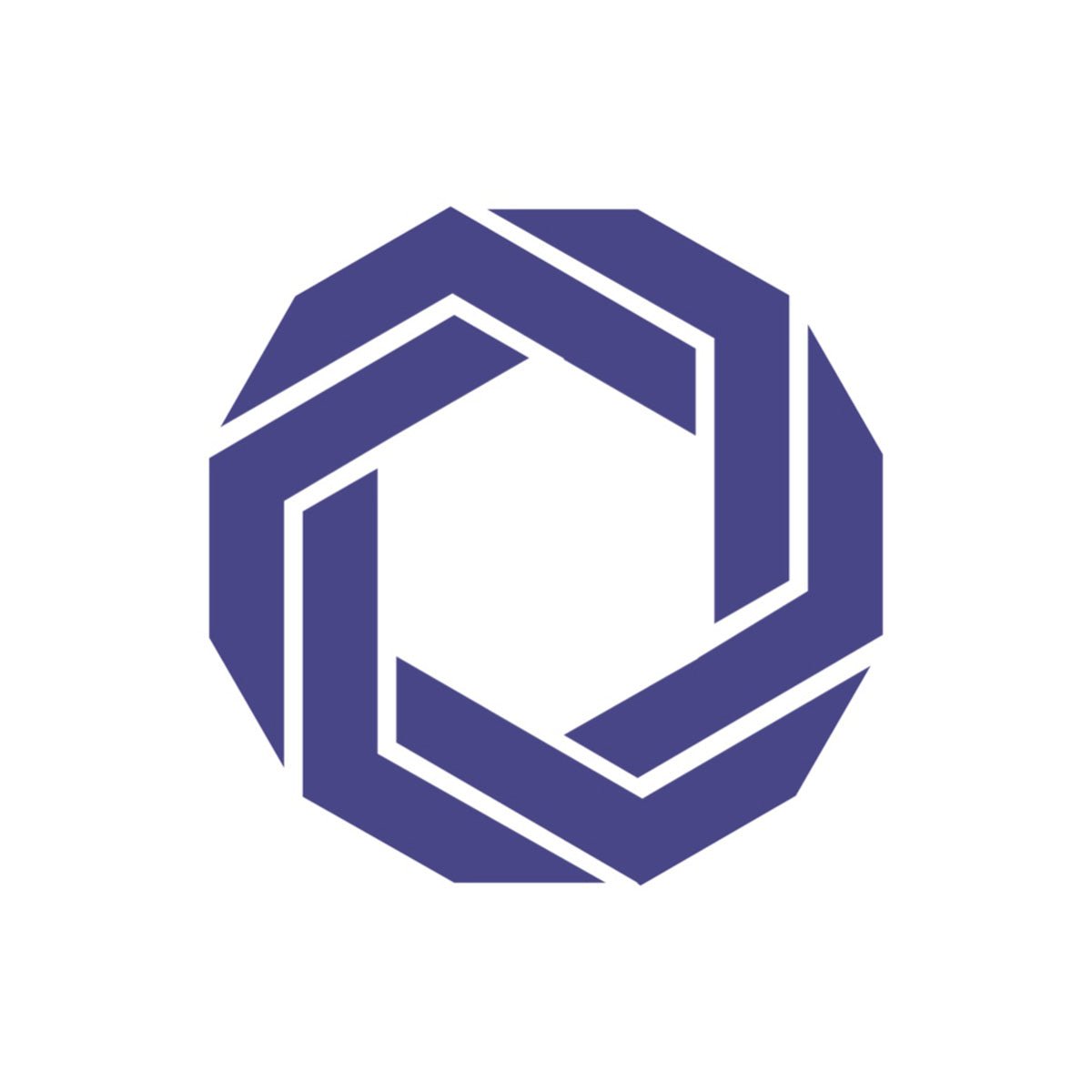The UpTag: GA4 + Google Tag (GTM) app offers seamless integration with Google Ads, Google Tag (GTM), and Google Analytics 4 tracking, providing Shopify merchants with a simplified way to access comprehensive e-commerce event data. With a straightforward step-by-step process, users can unlock rich data layers, including vital e-commerce events such as Page_View, Add_To_Cart, and Tracking_Purchase. The app also allows for advanced event setups, providing experienced users with more nuanced insights about their traffic and audience behavior. The precision and depth of data offered by this app make it a valuable asset for Shopify store owners looking to optimize data-driven decisions.
On the other hand, the Lebesgue: Marketing & LTV app is tailored for online merchants, offering a comprehensive analysis of store analytics and ad performances. By utilizing insights from competitor data and overall marketing trends, the app helps merchants refine their marketing strategies and enhance the store's bottom line. It employs customer lifetime value (LTV) and retention metrics to elevate financial reporting and marketing content development. The interactive KPI dashboard allows merchants to track real-time analytics and streamline operations to improve profitability. This app provides an invaluable tool for merchants looking to enhance their marketing strategies and maximize results.
Both apps offer valuable features and benefits for merchants, but they differ in their focus and approach. The UpTag app primarily focuses on providing seamless integration with Google tracking tools, offering comprehensive e-commerce event data and insights. On the other hand, the Lebesgue app focuses on marketing analytics and maximizing profitability through refined marketing strategies and enhanced financial reporting. If you are looking for powerful data harvesting capabilities and insights into audience behavior, we recommend the UpTag app. However, if you aim to refine your marketing strategies and improve profitability, the Lebesgue app is the recommended choice. Ultimately, the choice depends on your specific needs and goals as a Shopify store owner.

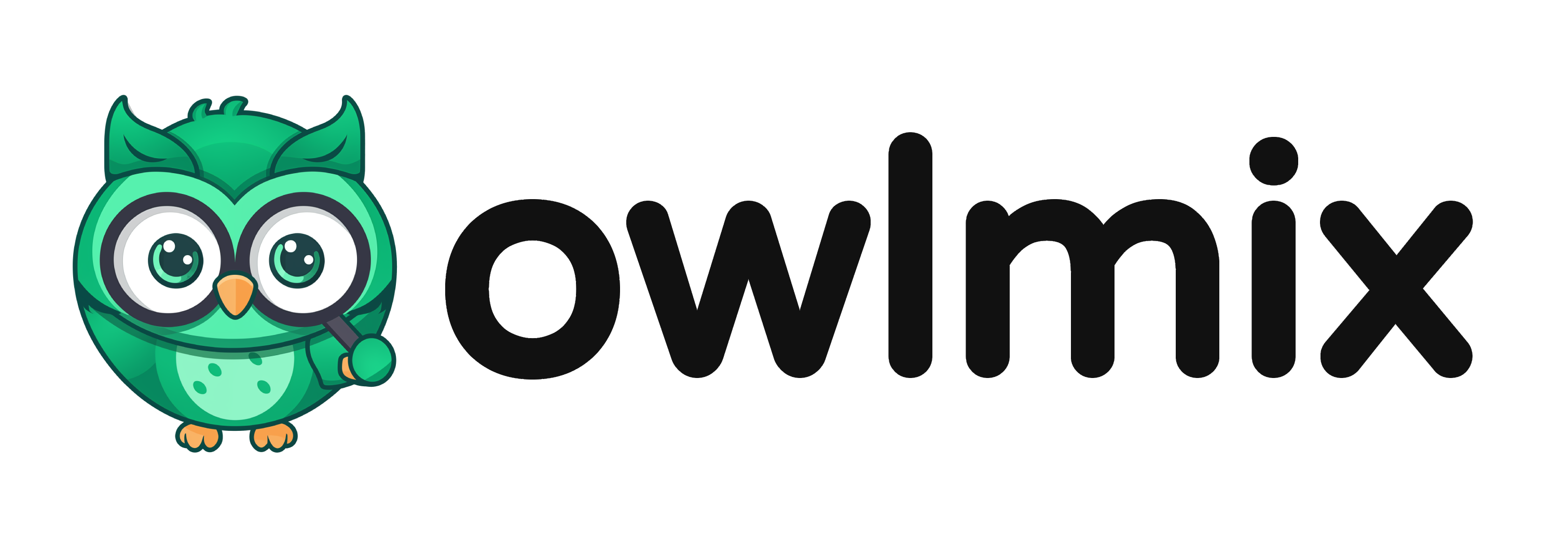



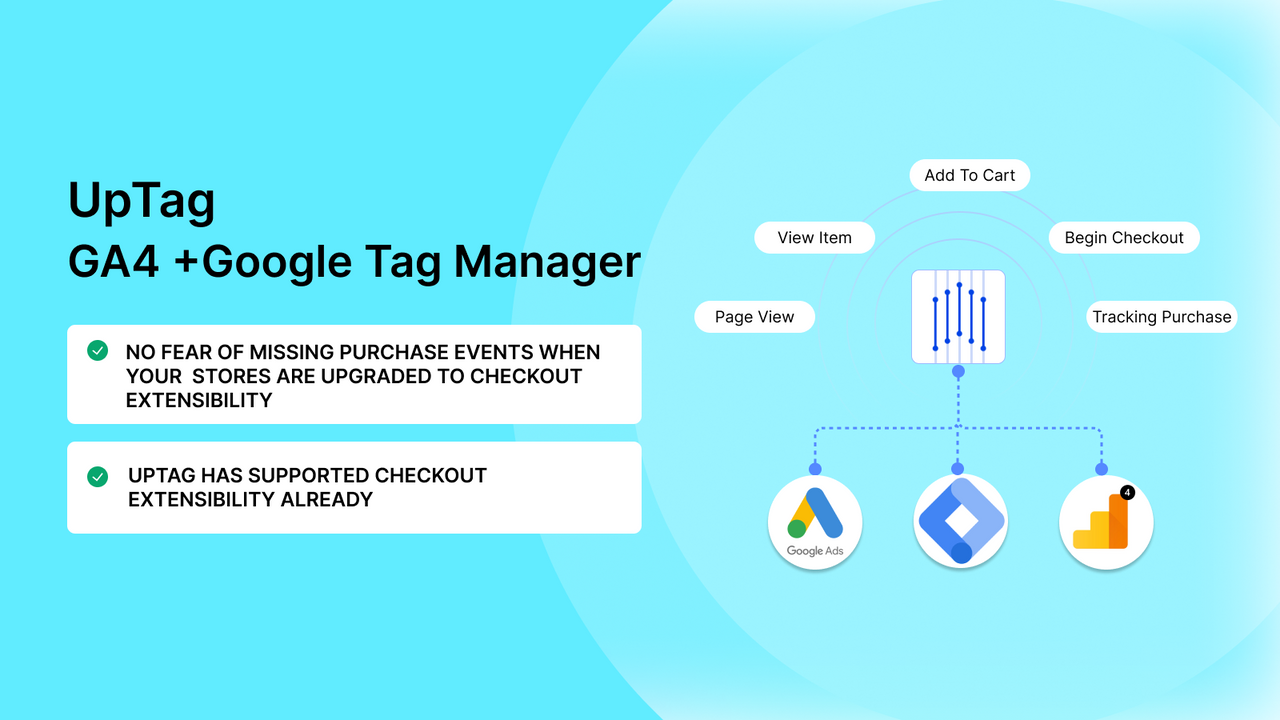
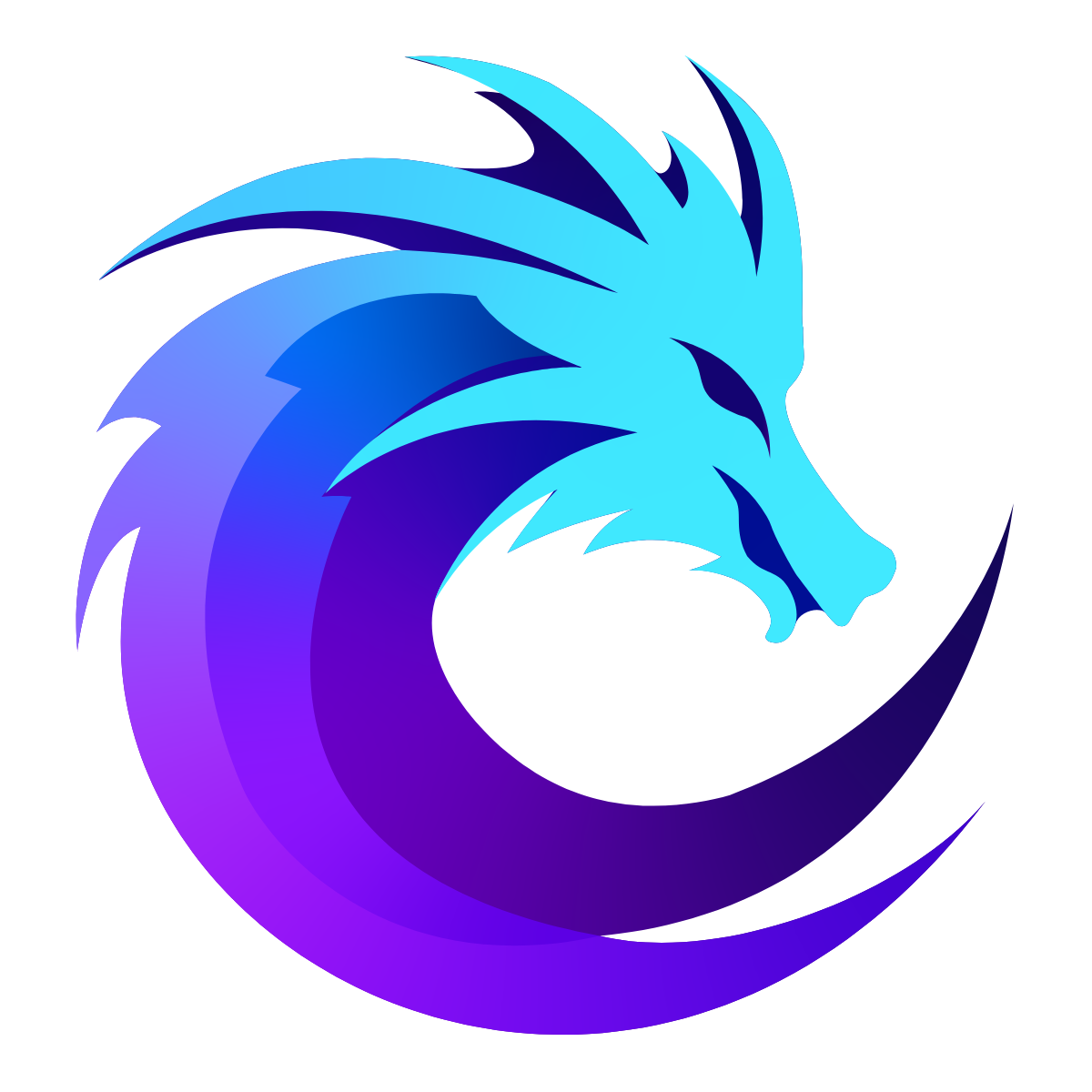

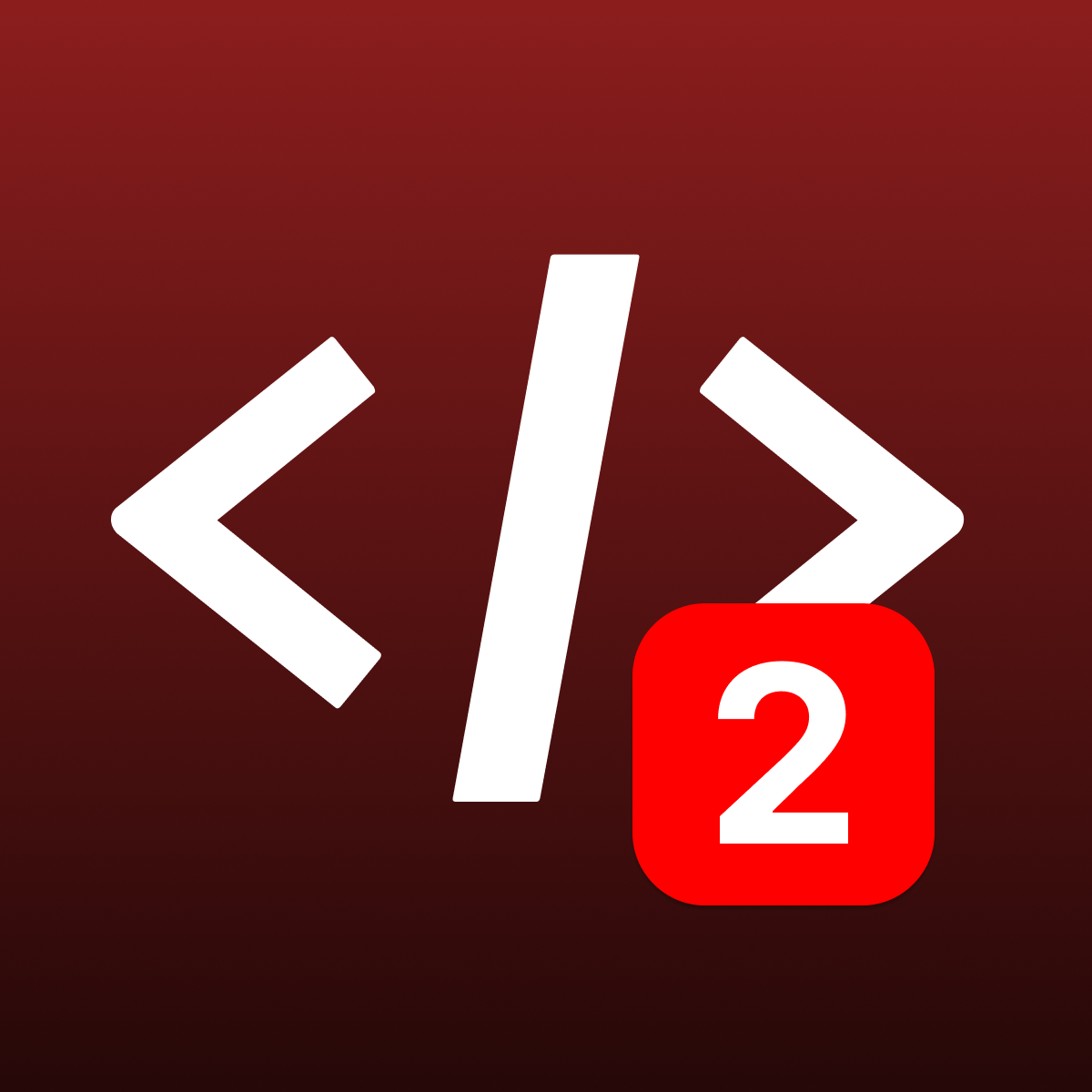
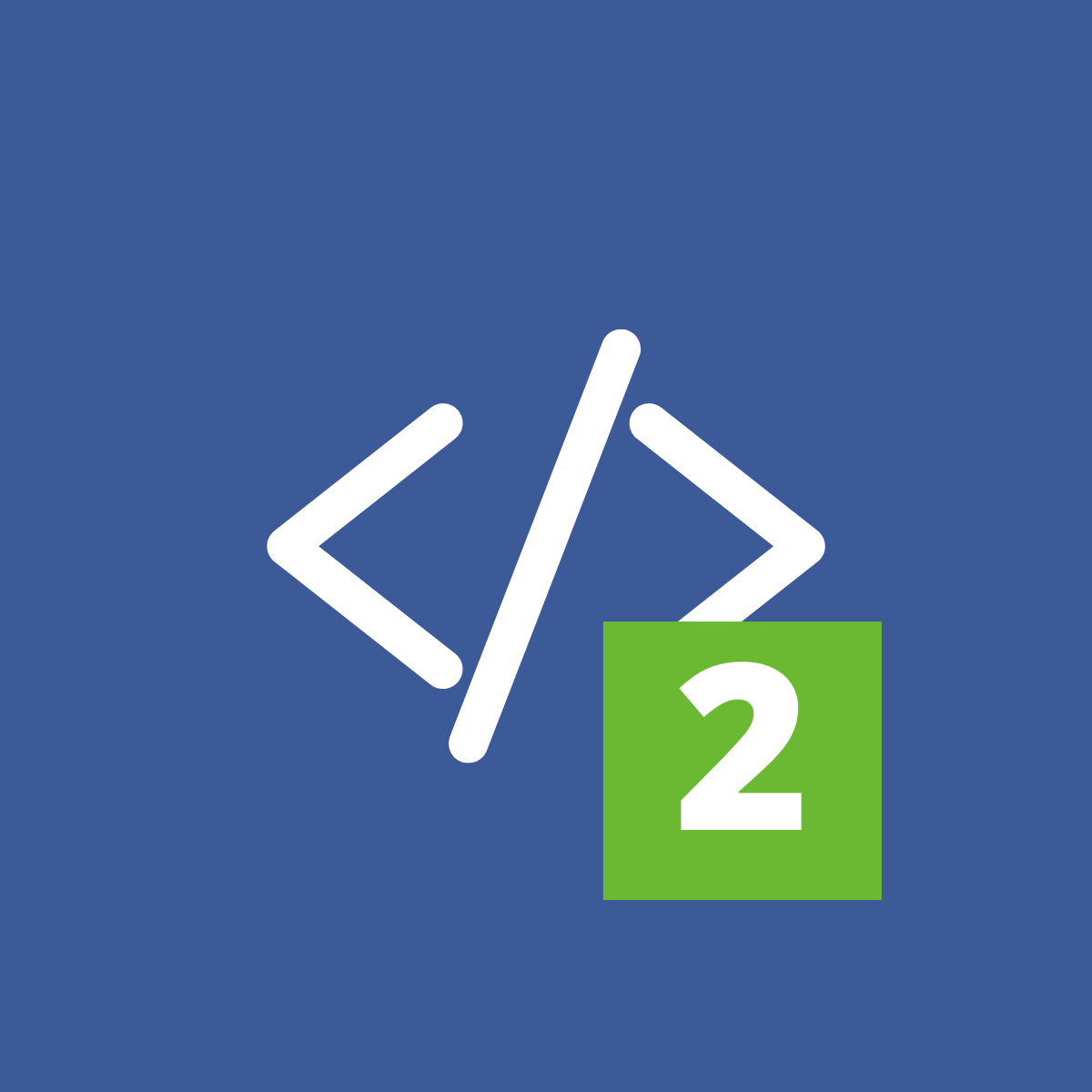






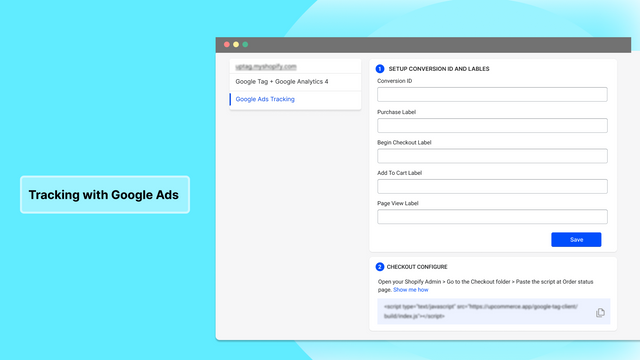
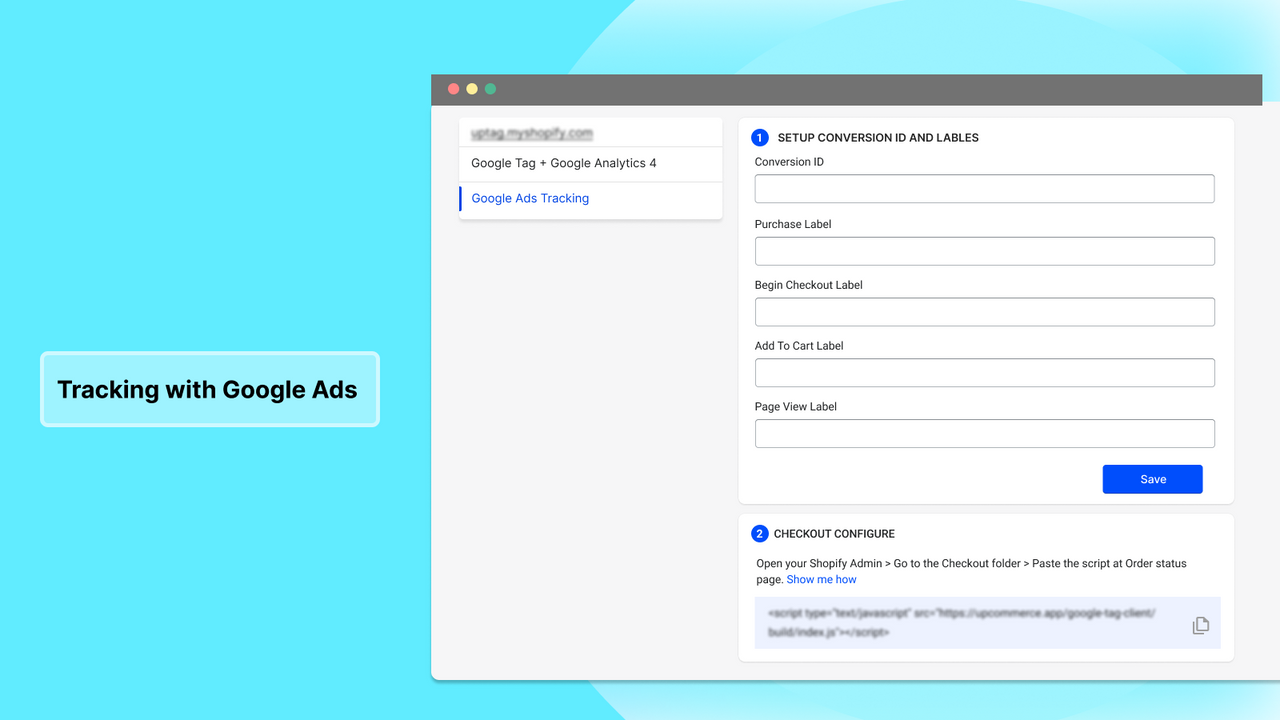
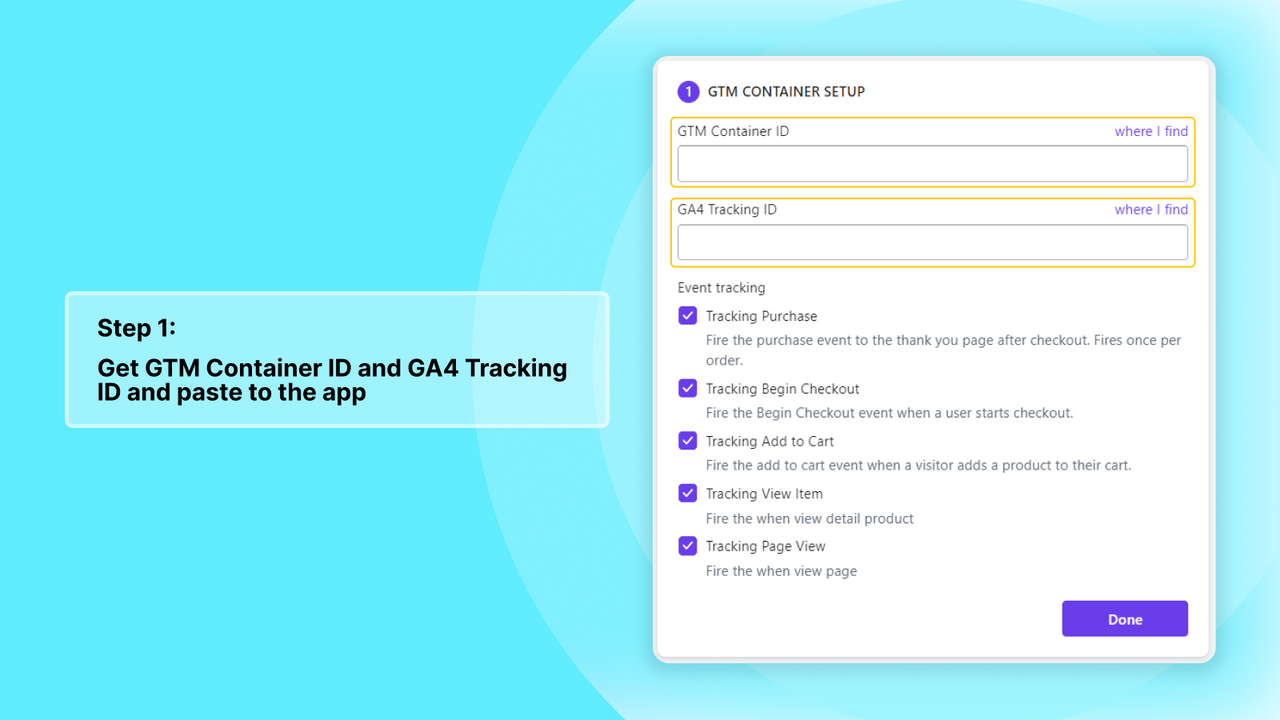
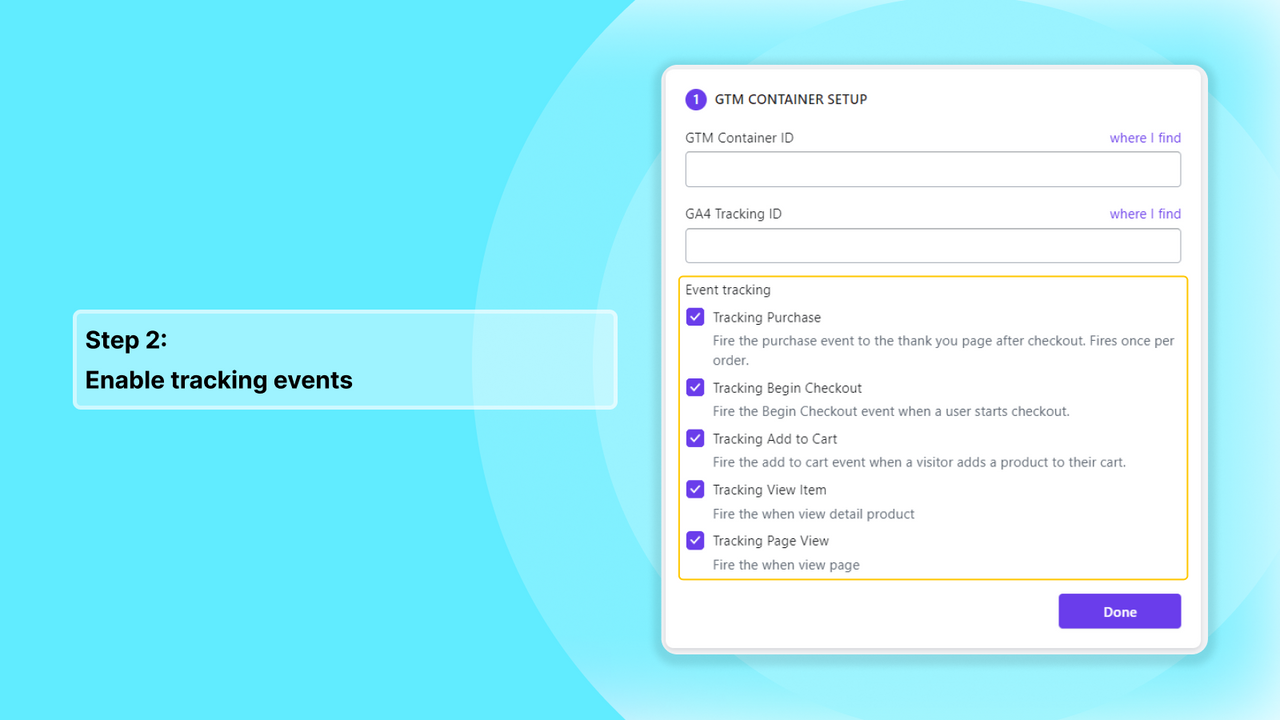
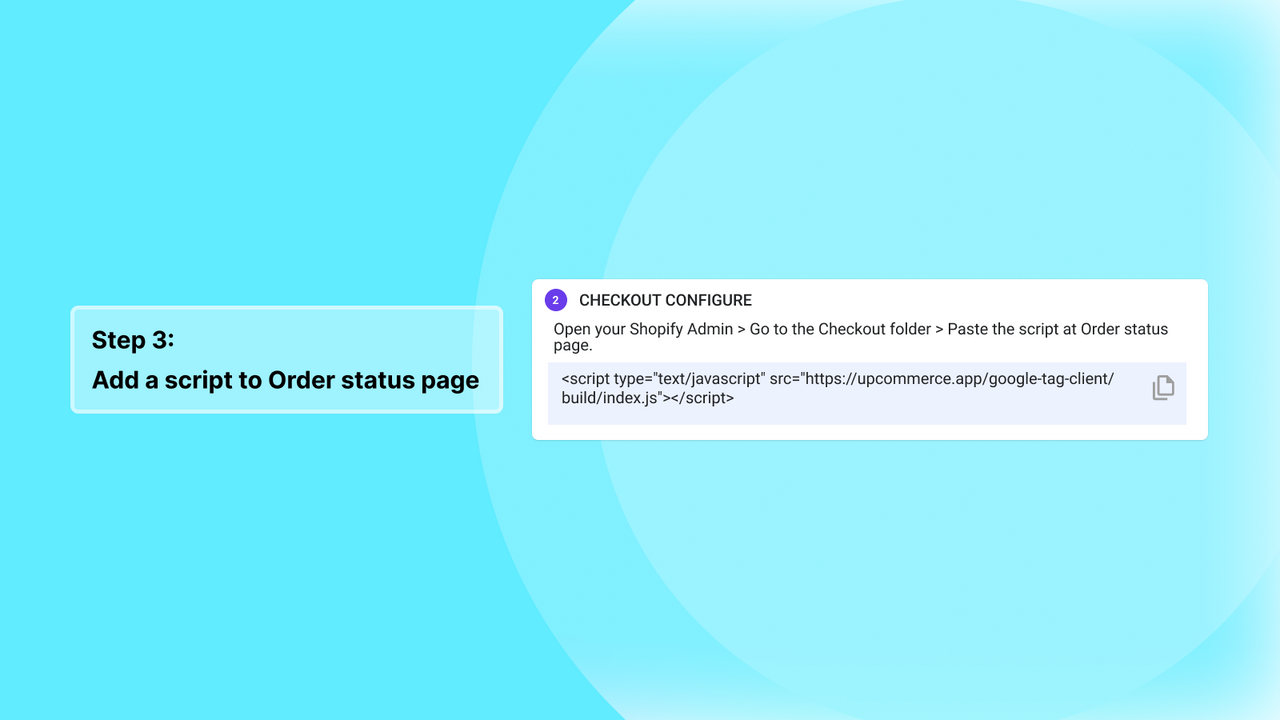
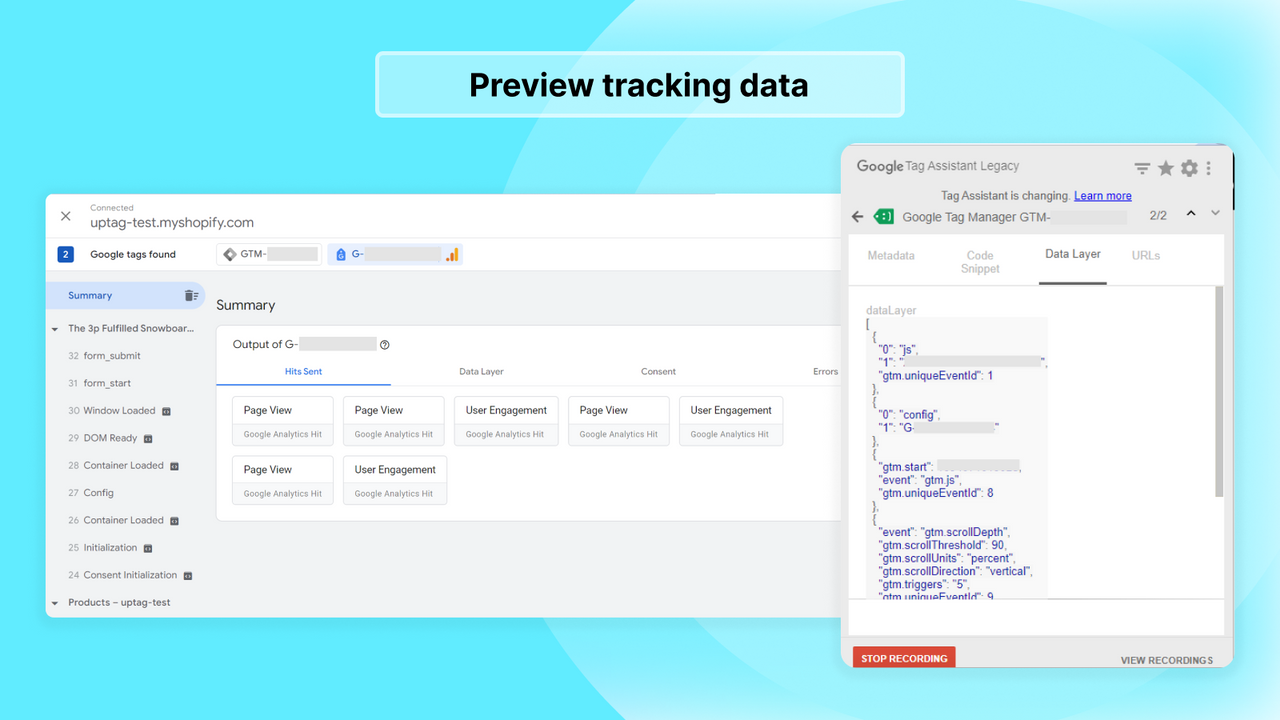
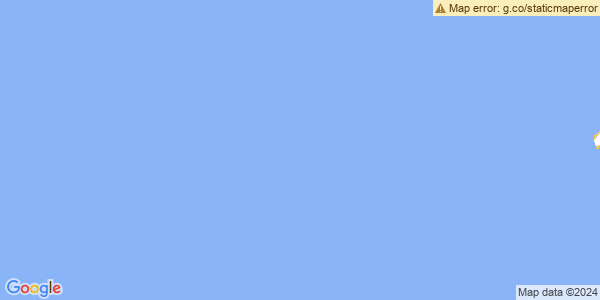
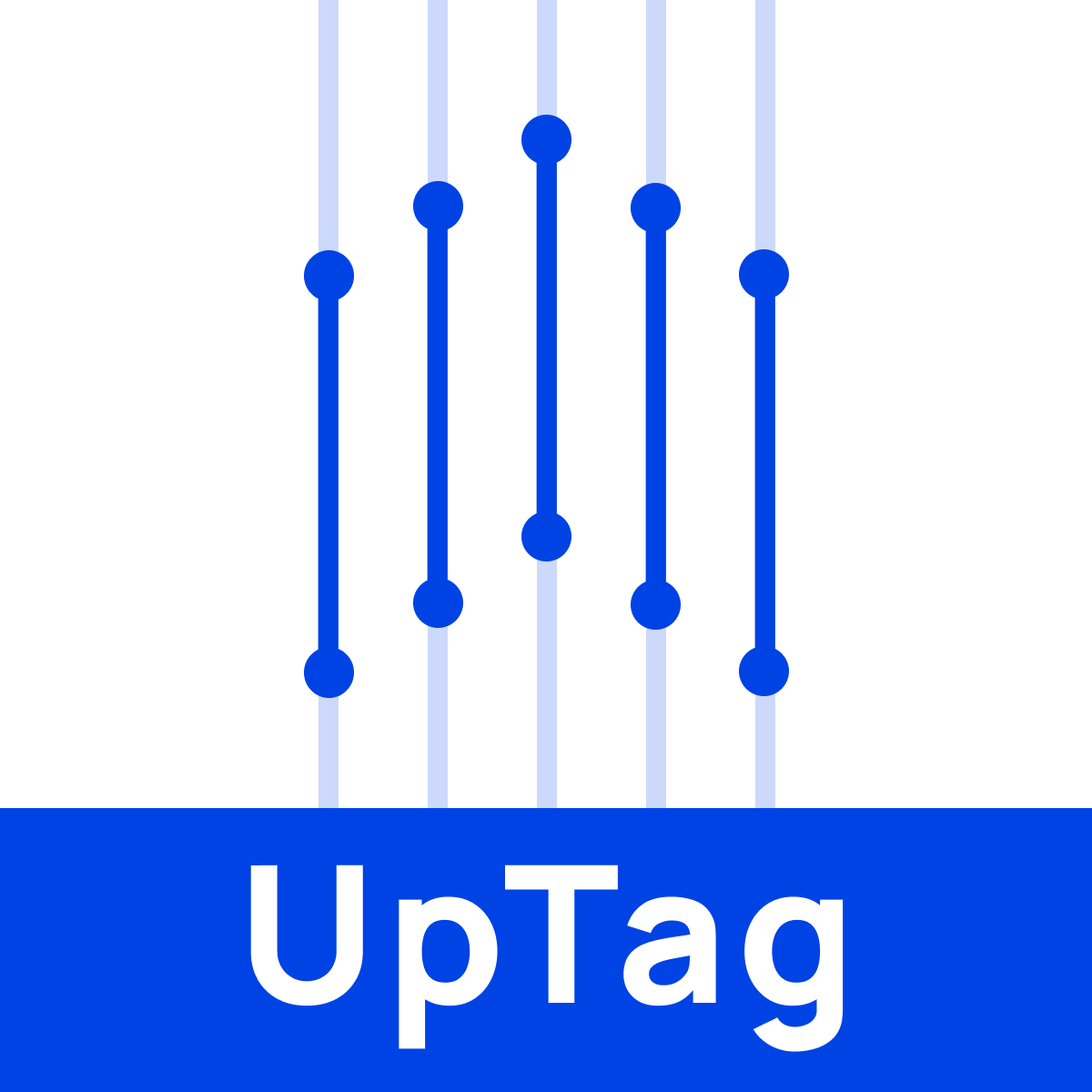 UpTag: GA4 Google Ads Tracking
UpTag: GA4 Google Ads Tracking Lebesgue: AI Marketing & LTV
Lebesgue: AI Marketing & LTV